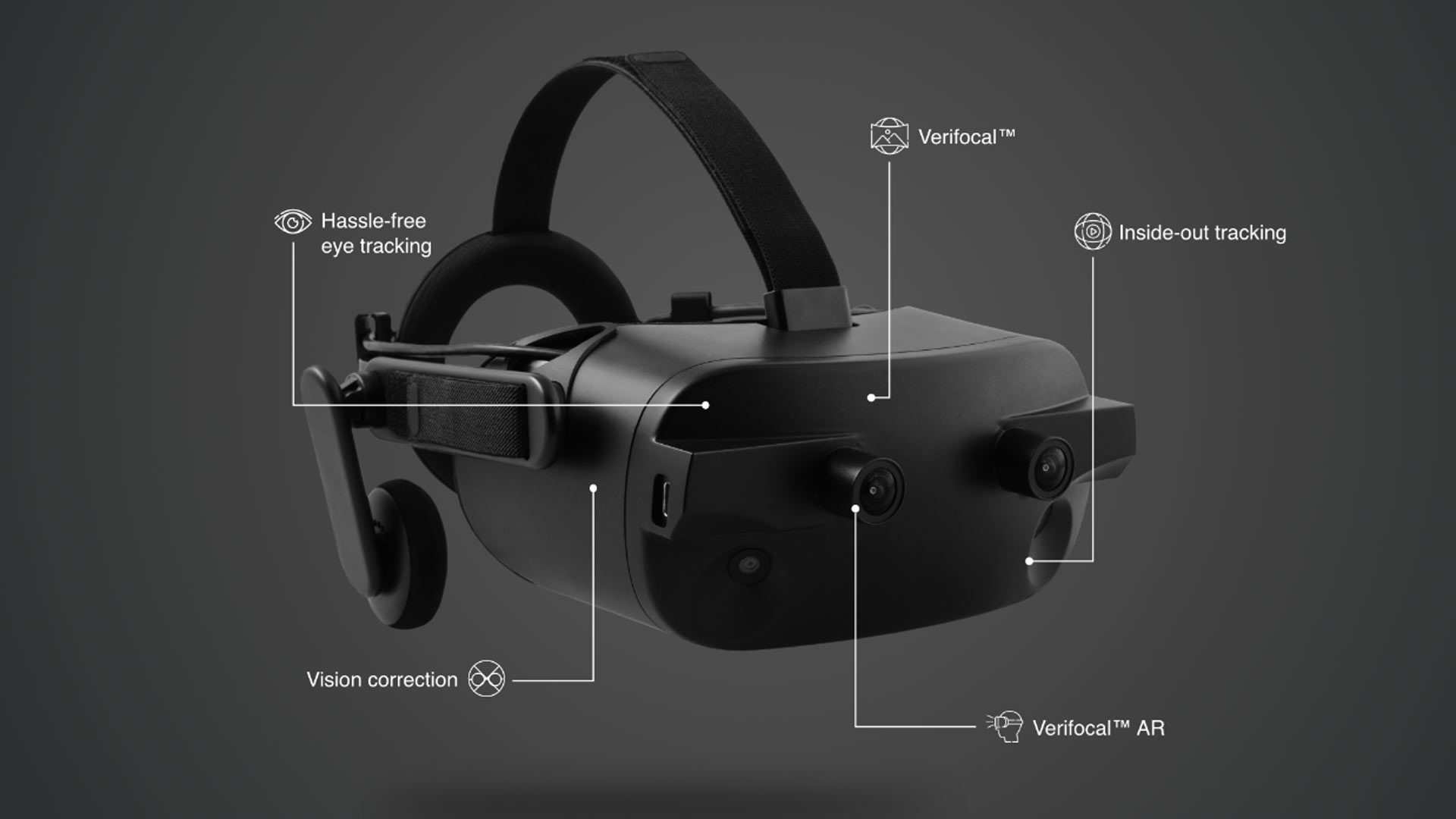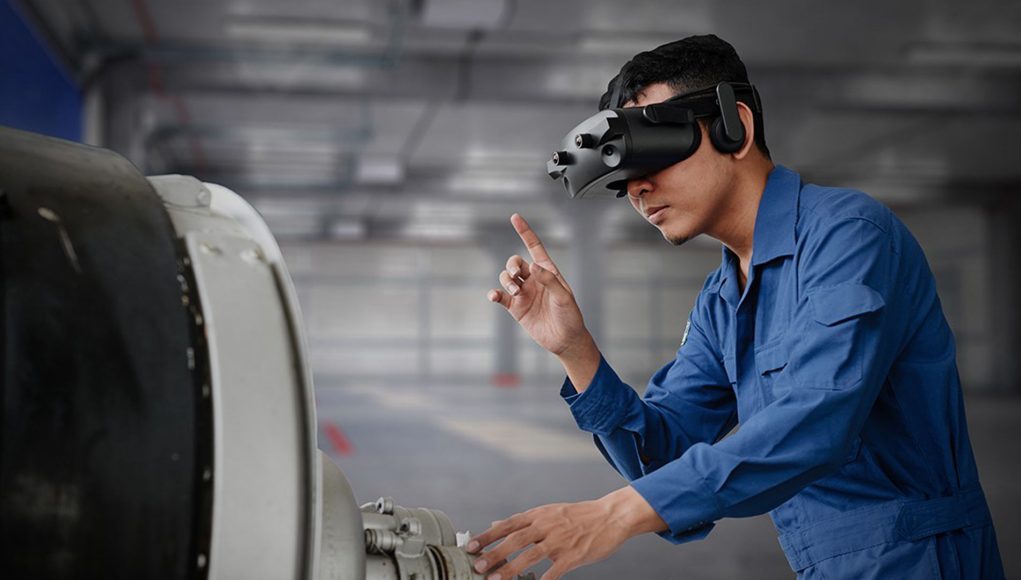It’s come to light that Lemnis Technologies, a startup creating varifocal optics for use in VR headsets, has reportedly been absorbed by Facebook in an ‘acqui-hiring’ move.
Lemnis co-founder and CEO Pierre-Yves Laffont released a blog post in mid-August stating that the company would be “embarking on a new adventure,” however at time it was unclear what that would mean for the Singapore-based startup.
As reported by Chinese AR/VR publication Yivian, Laffont recently updated his LinkenIn profile to indicate that he’s been working full-time for Facebook since February 2020, with his most recent posting at Facebook Reality Labs in Pittsburgh, Pennsylvania.

“Moving forward, we are excited to continue tackling phenomenal technical challenges building the next computing platforms, with an even greater impact at an unprecedented scale,” Laffont said in the blog post. “We hope you will find the next chapter from the Lemnis Technologies team to be as interesting and meaningful as we do!”
Of the company’s nine employees, only Laffont has updated his LinkedIn profile to indicate the move to Facebook. Others, including the company’s VP of Operations Pierre-Yves Guillemet and Senior Mechanical Engineer Shukri Abdul Jalil, have since moved on from the company entirely, which could indicate that only Lemnis’ IP and its core talent (read: Laffont) were absorbed, but no other staff members.
Neither Facebook nor Lemnis have publicly acknowledged an acquisition or details pertaining to one. We’ve reached out to Laffont to provide further clarification on the specifics.
Solving a VR Problem
Starting in 2016 and later incorporated in 2017 in Singapore, the company set out to solve a problem that’s plagued VR since its inception: the vergence-accommodation conflict.
If you’re already well versed in the vergence-accommodation conflict, keep reading. We’ve summarized what’s at stake with varifocal displays at the bottom of the article.
Suffice it to say that future VR headsets will likely incorporate some form of varifocal technology (and requisite eye-tracking) in effort to solve this and therefore make VR more realistic and comfortable for long-term use. Facebook has been working on this issue since at least 2018 when the company unveiled its own varifocal prototype headset at Facebook’s annual developer conference.

Lemnis Technologies first publicly demonstrated its ‘Verifocal’ prototype in 2018, which is based on an optic following an Alvarez lens design. This combines two adjustable lenses that shift according to the eye’s gaze in order to serve up a wide range of focal planes. This differs from what we’ve seen from Facebook’s varifocal prototype, which features adjustable displays to simulate depth of field. Both varifocal technologies use eye-tracking to accomplish this.
The company’s Verifocal platform, then officially unveiled at SIGGRAPH 2019, was meant to more easily upgrade existing commercial headsets with varifocal optics, eye-tracking, and mixed reality-capable camera sensors. It’s clear the company’s specialization will be put to good use in Facebook’s AR/VR skunkworks.
If you missed that primer on the vergence-accomodation conflict, keep reading below:
Vergence-Accommodation Conflict
Outside of a headset, the muscles in your eye automatically change the shape of their lens to bend the light to your retina so it appears in focus. Simultaneously, both eyes converge on whatever real-world object you’re focusing on to create a single picture in your brain.

In short, the vergence-accommodation conflict is a physical phenomenon that occurs when the headset’s display presents light at a static distance from your eye, making your eyes strain to resolve whatever virtual object you happen to be looking at.
In a headset with a fixed-focus display or optics, you’re basically left with an uncomfortable mismatch that goes against ingrained muscle memory developed over the course of your entire life; you see an object rendered a few feet away, your eyes converge on the object, but your eye’s lenses never change shape since the light is always coming from a static source. You can read more about vergence-accommodation conflict and more eye-tracking related stuff in our extensive editorial on why eye-tracking is a game changer for VR.







